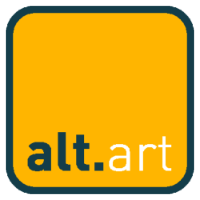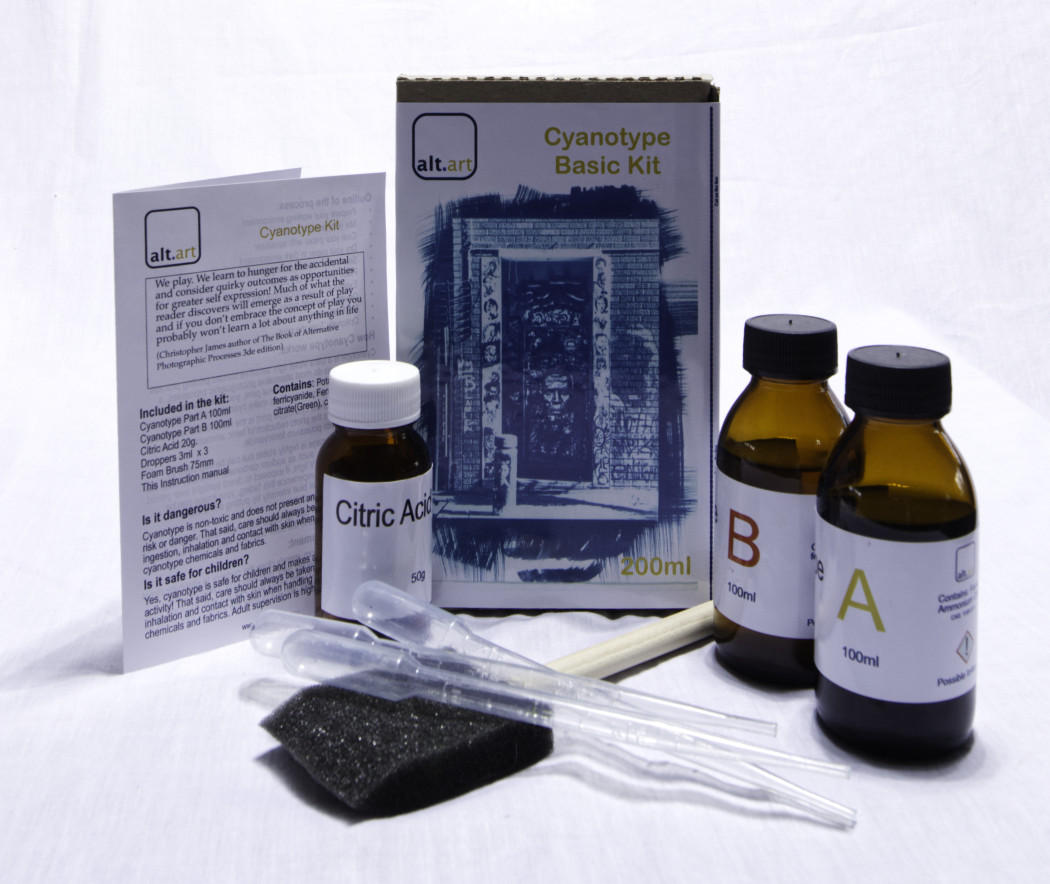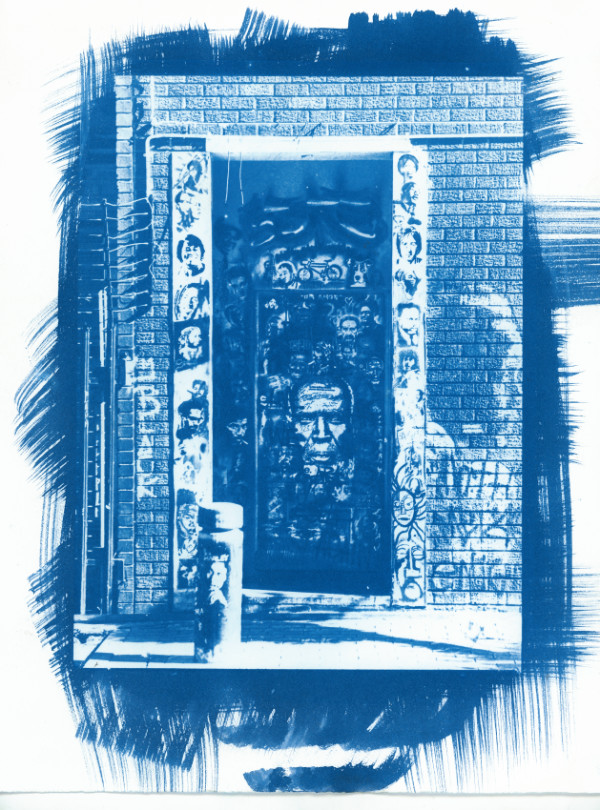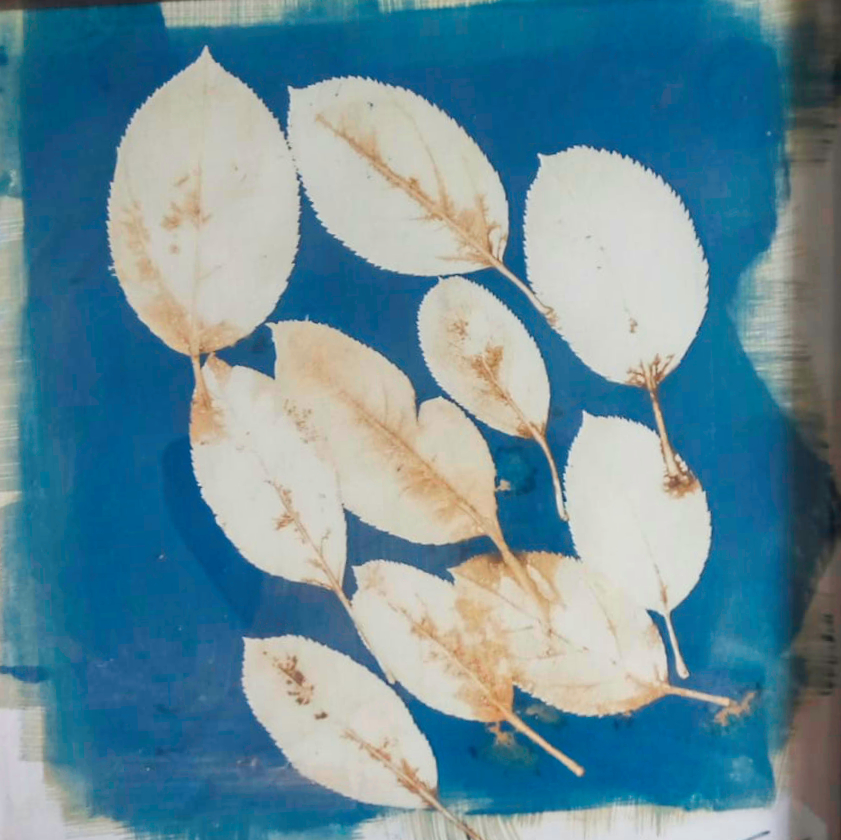Description
Cyanotypes are one of the oldest photographic printing processes in the history of photography. The distinctive feature of the print is its shade of Persian blue, which results from its exposure to ultraviolet light. When the blue print emerged, cyanotypes were traditionally used for reproducing the technical drawings of architects and engineers until the arrival of photocopy machines. However, with its versatility and affordability, the technique was adopted by photographers soon after its discovery. The early days of photography were characterised by monochromatic prints such as the Daguerreotype and Calotype, and thus the brilliant blue hue of the cyanotype made a striking entrance when it was introduced in a world of albumen and silver gelatin prints.
Cyanotype are relatively easier to create as a dark room is not required, and it utilises the UV rays from the sun and iron salt solutions rather than silver salt solutions of early photographic processes. The image is first created by combining ferric ammonium citrate (Green) potassium ferricyanide to make an iron-rich sensitiser solution. The solution is then brushed evenly over paper or other porous surfaces. As the sensitiser chemicals react to light when exposed, the coating process takes place in dim light. These chemicals are then exposed to UV light such as sunlight, which creates ferric ferrocyanide, also known as Prussian Blue. The last step in the process is a water rinse to wash away the sensitiser solution, and the blue darkens as the print dries to reveal the final product.
The Cyanotype kit contains 2 x 100ml bottles with the chemicals mixed, a bottle of citric acid for the development, 3 droppers for application and a sponge brush, for coating, as well as an instruction manual.




Reviews
There are no reviews yet.